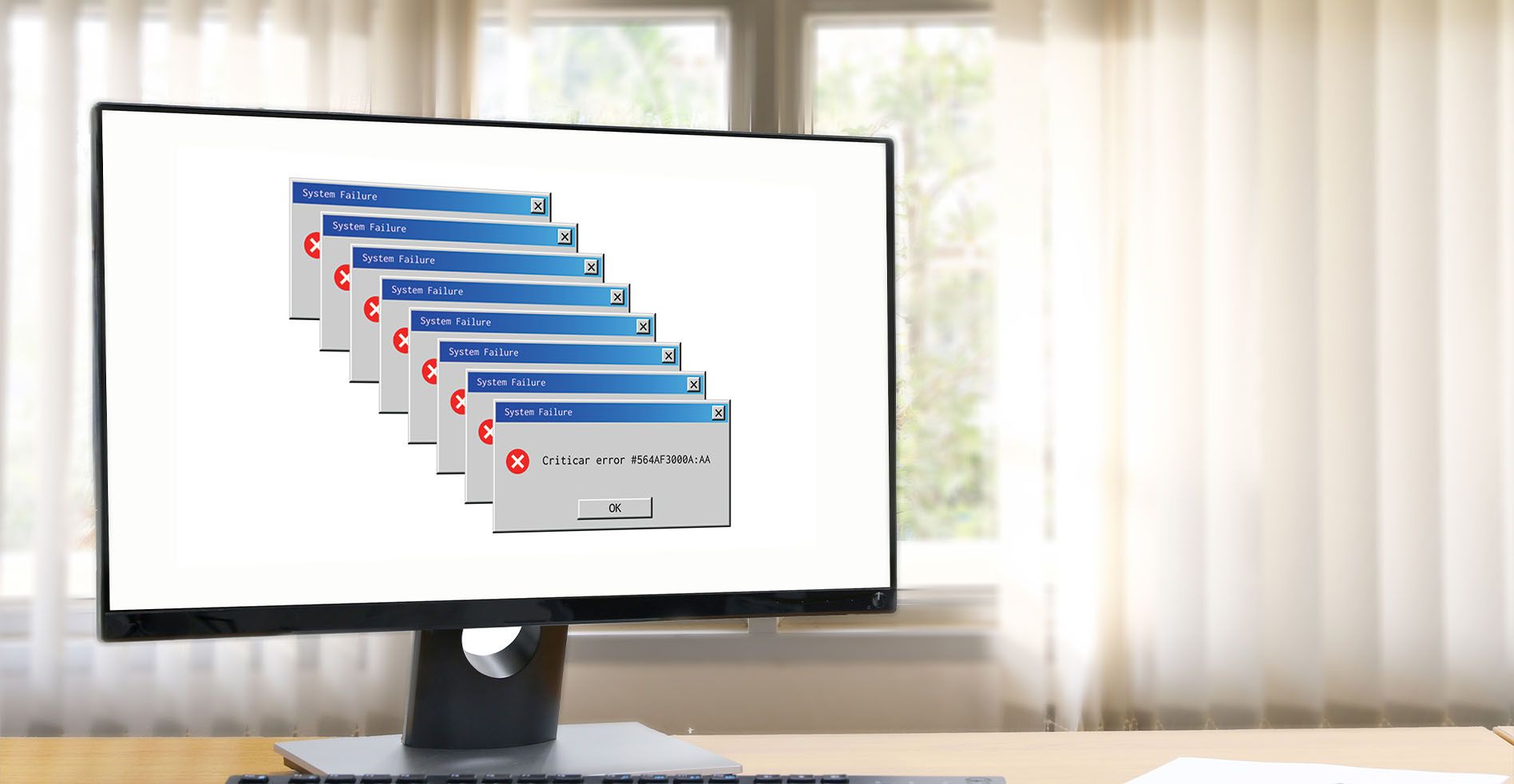How to Choose the Best Antivirus Software
Simplify your search for an antivirus software with this guide.
read morePublished on: March 1st, 2020

Nearly 11 years after the launch of the Windows 7 operating system, Microsoft officially dropped support for Windows 7 on January 14, 2020. Despite Windows 10’s existence, the operating system’s popularity has held firm over the years, maintaining 26 percent of the market share at the end of 2019. This change means no more updates or security patches, leading to exploitable avenues for cybercriminals. In this article, we unpack the impacts of Windows 7 end of life and how you can ensure a smoother transition to a new operating system.
If you’re still using Windows 7 today, you may not notice an inherent change to your experience. You’ll still be able to browse the internet, answer emails, and access your files normally. Your PC will, for the most part, work as usual. However, you will no longer receive software updates from Microsoft. This lack of support creates critical vulnerabilities for your computer, including security threats, viruses, and other cyber attacks.

The longer that you continue to use an unsupported operating system, the more susceptible you become to security risks. When Windows ended support for Windows XP in 2017, global malware outbreaks targeted companies and organizations worldwide.
During the Windows 7 extended support phase, patches were continually released to address security issues. Although some organizations have been resistant to make the shift, the risk of running an unsupported system far outweigh the challenges of upgrading.
Despite your best cybersecurity efforts, even the latest version of a reputable security solution cannot protect you from issues with the operating system. Gaps in security are bound to arise without Windows’ support for Windows 7, and bad actors will be able to install malware, ransomware, and other threats on any susceptible machines.
Microsoft has addressed the time that it takes to complete the upgrade process, and released Extended Security Updates for some businesses. If your company qualifies for this paid service, it’s well worth the peace of mind to ensure your information remains protected during the transition.
There are several options to consider when making a company-wide operating system change. If you’ve been considering switching to another system altogether, then this is a perfect opportunity to start fresh. The price of upgrading is far less than the cost of experiencing a cyberattack. If you’re comfortable with the differences between Windows 10 and Windows 7, then you may want to consider following Microsoft’s recommendations on the process. Ultimately, the right choice comes down to the needs of your business.
Undertaking the migration to a new operating system is stressful, with potential downtime and pitfalls to avoid along the way. Working with a reputable IT service can mitigate both the risks and stress on you and your organization. If you require assistance transitioning away from Windows 7, consider reaching out to your local Computer Troubleshooters. Our local experts can help you determine a solution that makes sense for your business while minimizing downtime to make transitioning a breeze.
Simplify your search for an antivirus software with this guide.
read moreHave you received this notorious Windows error screen? Here’s how to fix it.
read more© 2025 Computer Troubleshooters. Privacy Policy | Terms of Service | Accessibility Statement